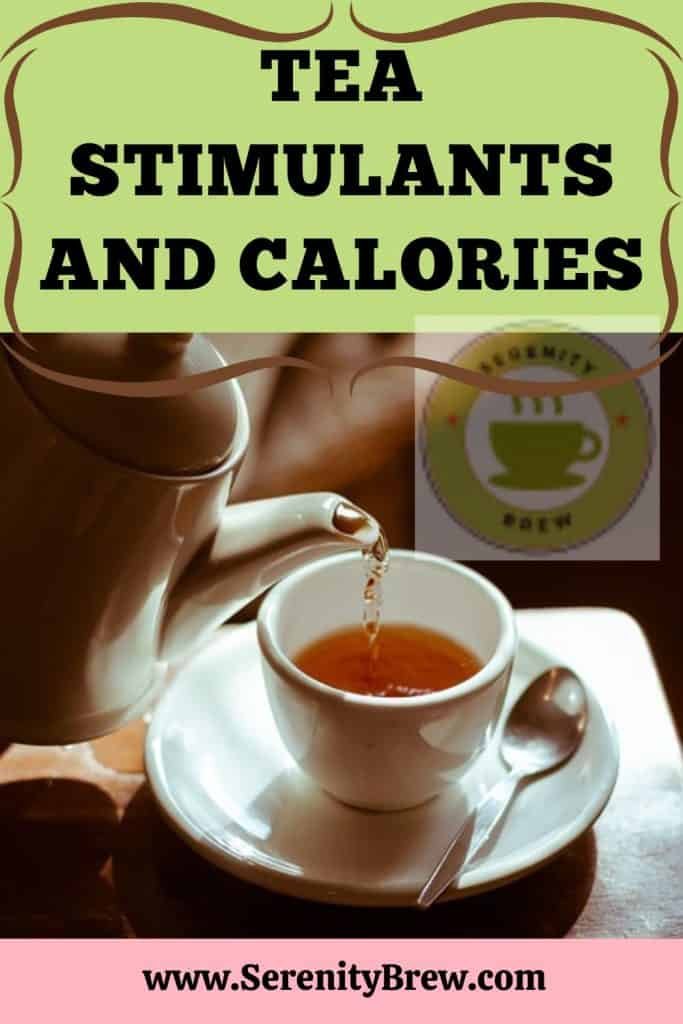
The oxidation of tea leaves causes the presence of other positive antioxidants, such as theaflavins and terubigins, or what is the same, they are polymeric polyphenols that are formed when oxidation changes the enzymes present in tea leaves.
Tea Amino Acids
The tea contains an extraordinary stimulant that is L-theanine, an amino acid that only appears in the leaves of camellia sinensis, which provides the body with a mild alertness. The effect of L-theanine increases the activity of alpha waves in the brain and is present above all in the White tea and the Green Tea.
Tea stimulants: theine and theobromine
Caffeine appears in much lower amounts than theine and theobromine in tea, but these provide tea drinkers with very interesting energy for the body and mind.
The amount of caffeine is half to one third of coffee. Although the amount of stimulants in tea is higher per kilo than in coffee, the stimulants are always less per cup of tea than in coffee, because many more cups can be made from 1 kilo of tea. For example, 1 kilo of tea usually produces 400 cups and 1 kilo of coffee can only make 80 cups.
How theine and theobromine affect each organism is always a generic experience that has to do with our own individual body chemistry. Not all people assimilate one or several cups of coffee or tea in the same way.
Tea and its calories

Tea actually has no calories , but the situation changes when sweeteners or milk are added. The drink can then have between 20 and 60 calories, which is still a modest amount, but many teas have a naturally sweet taste, which can be very satisfying and reason enough not to add sweeteners of any kind.
Theine-free teas, bottled teas from concentrates, fannings teas, and powders have considerably less antioxidant qualities. And bottled leaf teas have similar amounts of antioxidants to freshly brewed leaf teas.
Tea alone cannot fight disease or improve health, as the tea organic tea it must be complemented by a lifestyle that incorporates regular exercise, adequate sleep, a diet with antioxidants, vegetables rich in fiber and vitamins, fruits, high-quality proteins, and small amounts of fats and sugars.
